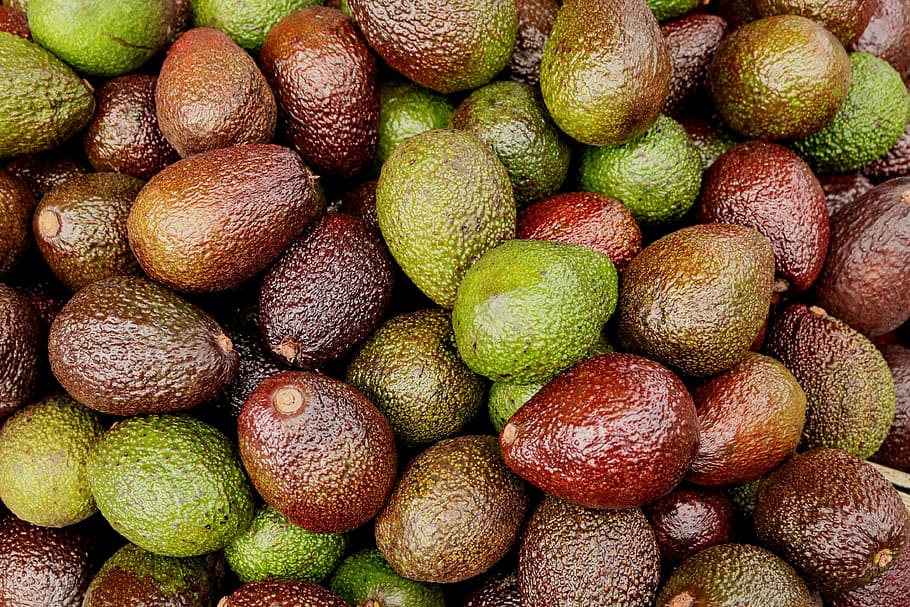Part 1: Data as a new fertilizer
Blog: Capgemini CTO Blog
Now that more than half of the people on our planet live in cities, we are increasingly depending on that place where the rest of us live: the country side. Here we produce the food we eat and trade, and although growing food may seem old-fashioned and straightforward, we will show that there’s more to it than meets the eye. We will also show that this sector is technologically more advanced than one might think.
While agricultural yields have tripled between 1960 and 2015 thanks to Green Revolution technologies, we still live in a world where nearly 800 million people suffer from hunger and malnutrition. Figures from the FAO show that there is plenty of food available, but there are still big gains to win in the efficiency of logistics. Through this blog series, we will take you on a journey from the mountainous fields of Kenya all the way to your kitchen. In using the metaphor of a widely consumed perishable fruit, we will closely follow the journey of an avocado from farm to fork.
Very few avocados come from The Netherlands. Why? Simply because of our weather: it is just not suitable. Handling, heating greenhouses, and mirror climate are expensive; therefore, we choose to import them. One of the countries avocados do come from is Kenya, with a 2017 record-volume of 51,507 tons, making it Africa’s largest exporter of the urban fashionista’s favorite “green gold.” This hasn’t always been the case. In 2010, the EU discontinued the avocado import from Kenya due to poor quality. Since then, small-scale farmers (who make up 70% of the avocado yields in Kenya) have worked hard to improve their output quality. South Africa has taken its spot next to the world- dominating avocado export giants Mexico, Peru, and Colombia.
Still yet, Kenyan avocados do not reach the European continent due to quality restrictions. The big questions for Kenyan farmers now should be how they can increase their output quality.
Avocados are perishable, meaning they have a very short shelf life. In general, fruits decrease in quality on two occasions: on the farm and during transport. What technologies can combat the perishing of the yields?
Agriculture 4.0 technologies can improve the quality of Kenyan avocados on the farm with precision farming, meaning that cameras (possibly mounted on drones) recognize dry spots and diseases on trees and leaves, and mark them so that farmers or machines can resolve the problem. Furthermore, aerial vegetation indexes from satellites show the best time to pick. Once picked, the avocados need to be cooled and stay cold during transport – more on this in our next blog.agtech, agriculture technologies, avocados, kenyan avocados, precision farmingagtech, agriculture technologies, avocados, kenyan avocados, precision farming
To conclude, agriculture 4.0 will have a major impact on attention-heavy crops such as avocados by minimizing human effort in scanning for dry spots and diseases. Technological advances will also give farmers the best advice on when to pick and how to store on premises. However, the avocado journey doesn’t stop at the farm, as the next step in the value chain is transport.
Leave a Comment
You must be logged in to post a comment.








